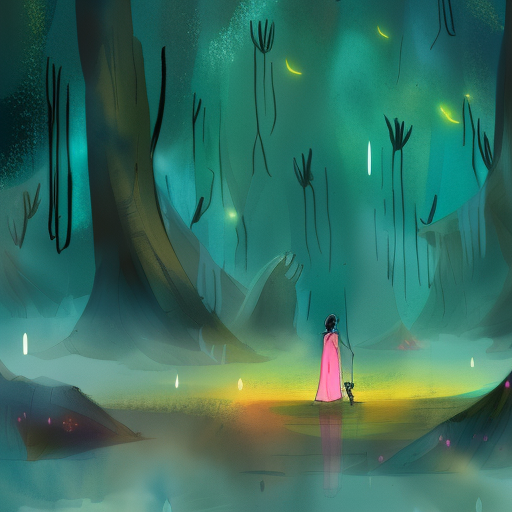The History of Love: A Tale of Love, Loss, and Connection
In “The History of Love” by Nicole Krauss, the lives of several characters intertwine as they navigate the complexities of love, loss, and the power of connection. Through multiple narratives and a blend of humor and heartache, Krauss explores themes of identity, memory, and the enduring nature of love. This poignant and beautifully written novel takes readers on a journey that spans generations and continents, ultimately reminding us of the profound impact that love can have on our lives.
The Power of Words and Stories
One of the central themes in “The History of Love” is the power of words and stories to shape our lives and connect us to others. The novel follows the story of Leo Gursky, an elderly man who survived the Holocaust and now lives a lonely existence in New York City. Leo is a writer who believes that words have the ability to transcend time and space, and he pours his heart and soul into a book called “The History of Love.” This book becomes a central thread that weaves together the lives of the characters in the novel, demonstrating how stories can bridge gaps and bring people together.
Love and Loss
Love and loss are recurring themes in “The History of Love.” The characters in the novel grapple with the pain of lost love, whether it be through death, separation, or unrequited feelings. Alma Singer, a young girl who is mourning the death of her father, becomes determined to find the woman her father fell in love with many years ago. As Alma embarks on her quest, she discovers the ways in which love can endure even in the face of loss. The novel explores the depths of human emotion and the ways in which love can both heal and haunt us.
The Search for Identity
Another key theme in “The History of Love” is the search for identity. Leo Gursky, the aging writer, grapples with his own sense of self-worth and the fear of being forgotten. Alma Singer, on the other hand, is searching for her own identity in the wake of her father’s death. As the characters navigate their own personal journeys, they come to realize that identity is not fixed, but rather something that evolves and is shaped by the connections we form with others.
- The power of words and stories to connect people across time and space.
- The enduring nature of love and its ability to heal and haunt us.
- The search for identity and the ways in which our connections with others shape who we are.
“Once upon a time, there was a boy. He lived in a village that no longer exists, in a house that no longer exists, on the edge of a field that no longer exists, where everything was discovered, and everything was possible. A stick could be a sword, a pebble could be a diamond, a tree, a castle. Once upon a time, there was a boy who lived in a house across the field, from a girl who no longer exists. They made up a thousand games. She was queen and he was king. In the autumn light, her hair shone like a crown. They collected the world in small handfuls, and when the sky grew dark, and they parted with leaves in their hair.”
In “The History of Love,” Nicole Krauss weaves a tale of love, loss, and connection that leaves a lasting impact on readers. Through the power of words and stories, the characters in the novel find solace, healing, and a sense of belonging. The novel reminds us that love can endure even in the face of loss, and that our connections with others shape our sense of self. “The History of Love” is a beautiful exploration of the human experience and the profound impact that love can have on our lives.












